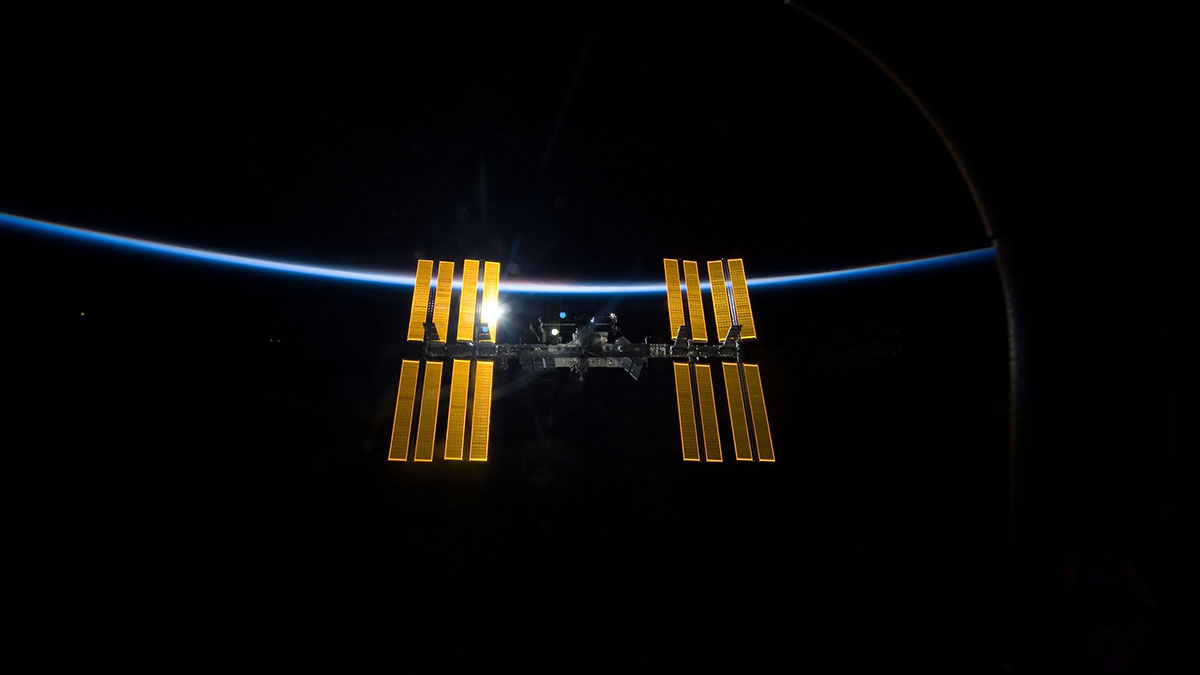a letdown of orbital proportions?

Over a decade of construction, which will still take another two years to complete, spending some $50 billion and devoting much of the space program to building and supporting the ISS, there’s a very real possibility that NASA may end up with a dud on its hands, says the GAO. Far from being a crucial node for spacecraft meant to explore the Moon and Mars and an orbital science and research center, the International Space Station is in disarray and may face being dropped into the ocean after only four years of full scale operation.
With payload costs of $44,000 per kilogram, which are well out of most researchers’ budgets, and no central authority able to organize what experiments will be carried out in the station’s orbital labs, the endeavor to build a city in orbit and a massive launch pad to the planets and beyond seems to be headed towards a very grim ending.
The worst case scenario would see the ISS running at minimal efficiency and quickly abandoned. After all the effort put into it by NASA and the ESA, it’s hard to overstate what a giant waste it would be to leave the station to its fate, especially in light of the sacrifices made to keep the project going. And this is not to mention how far behind the U.S. space agency has fallen as a result of being chained to the ISS and the grumbling that will fill the halls of Congress as they consider how deeply to slash into the space travel and exploration budget so another several billion year won’t be spent on a big, nearly useless satellite.
Never mind that all the pork and waste our lawmakers are guilty of every year could build an entire fleet of space stations while funding SSTO prototypes for years to come. NASA’s biggest project being considered a failure could be yet another setback to U.S. space flight as we know it and the only hope of affordable, efficient space travel would be the nascent space tourism startups which are building the craft that the agency should’ve been building in the 1990s.
Part of the reason why the ISS is facing such a bleak future could be explained by the lack of attention to what kinds of jobs and advanced technology R&D projects can bring and a related lack of monetary support. But the money and political backing aren’t the only missing ingredients for a successful space program. There’s also a lack of vision at the top, the anxious refusals to innovate, the idea of embracing the old as the new for the sake of saving face and effort, and selling this as something new and exciting.
Without being challenged to do something extraordinary and attention from lawmakers who have one iota of appreciation for actually doing something to help their country keep its lead in science and technology, NASA has become an aimless and deeply dysfunctional agency which holds back the brilliant scientists and engineers it employs. The situation with the ISS is just a symptom of a much bigger problem. When governments no longer care about being at the forefront of technology and know how, no wonder space stations are going to be left without oversight and organization to get them up and running above minimal capacity…





